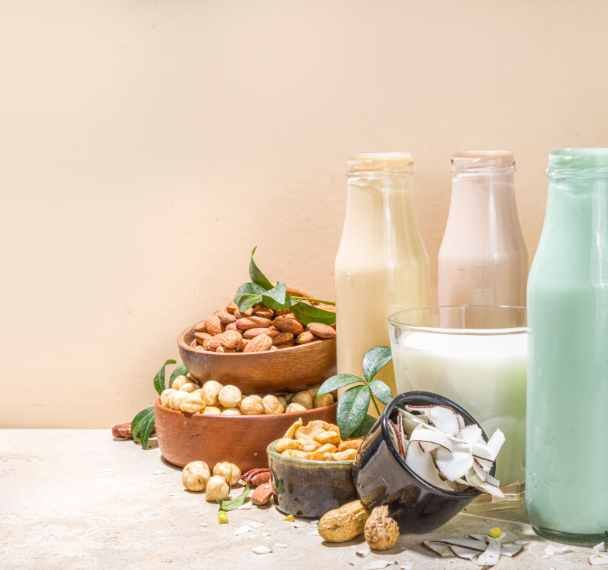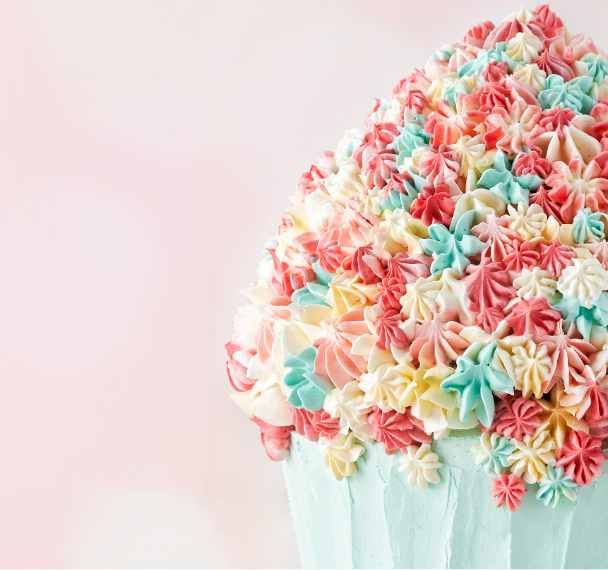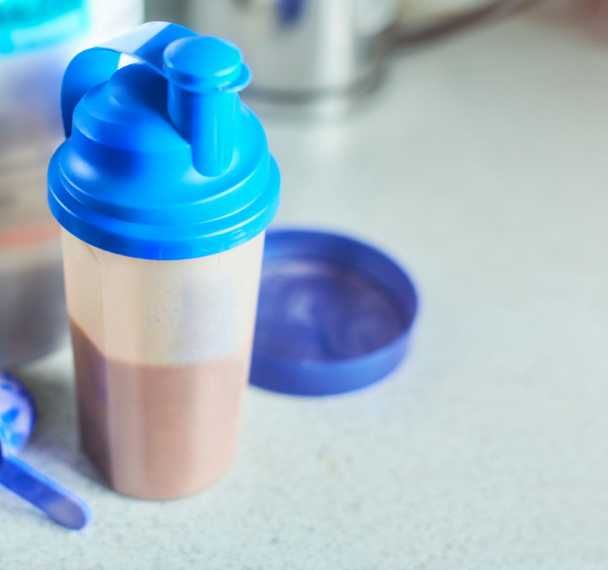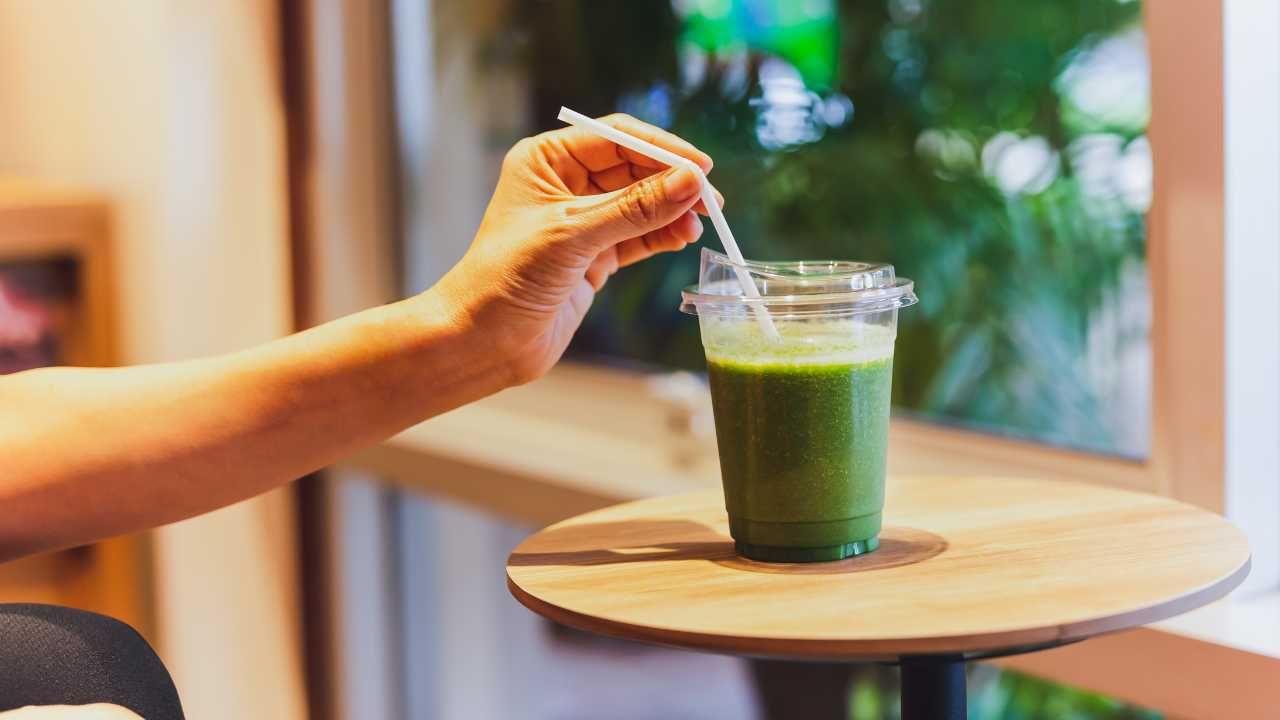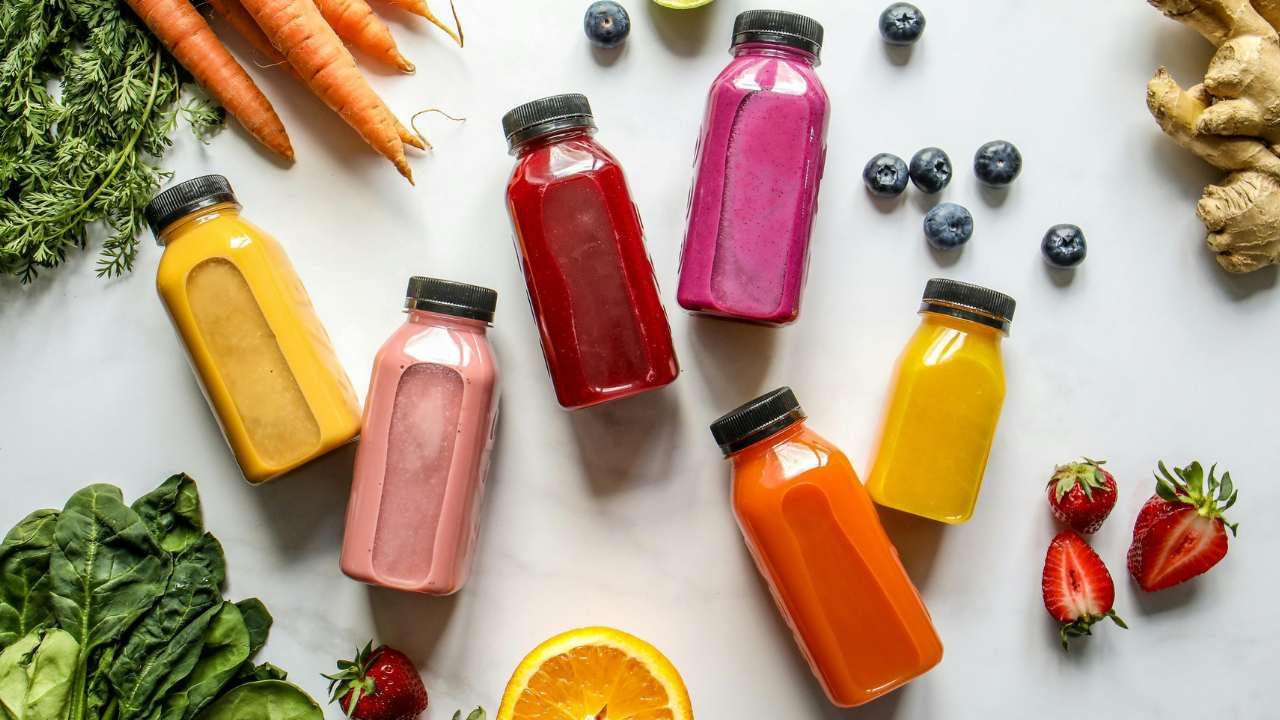Hibiscus: A Floral Flavour Experience You Need to Try
Sep 24, 2024
Introduction
While floral flavours are not new to the world of FMCG food and beverage products, there is a growing trend that explores different floral profiles and combinations that evokes feelings of relaxation and calmness.
One particular flavour that has been really popular, especially in the beverage category, is hibiscus. Whether it's cocktails, beers, non-alcoholic drinks, or even candied flowers, hibiscus is everywhere. Especially as it has the ability to instantly transform any product into an Instagramable creation with its vibrant and deep red colour.
In this blog post, we'll dive into the origin of hibiscus, its flavour profile and its potential applications, so you can get inspired for your next product development or R&D project.
What is hibiscus?

Hibiscus is a tropical flowering plant that is famous for its vibrant colour and beautiful flowers. There are actually hundreds of different types of hibiscus, but one in particular, the Hibiscus sabdariffa has been used for centuries in food, beverages, cosmetics, but especially in traditional medicine.
Native to central and west Africa, this hibiscus is also known under dozens of names among Florida cranberry, roselle and Jamaican sorrel, and it is now grown all around the world.
Even today, people still use this hibiscus for its antioxidant and anti-inflammatory properties.
One of the most popular preparations around the world is hibiscus tea, which is a herbal tea made from the flowers and can be enjoyed hot, cold, or used as an ingredient in various beverages and cocktails.
In addition, hibiscus is used in different parts of the world for making jam, chutney, and pickles. It is also incorporated into dishes such as curry, soup, meat or fish stews, can be cooked on its own as a vegetable and can be candied and used as garnish.
Hibiscus Flavour profile

In terms of flavours, some of the hibiscus flowers I have tried have a blend of floral, violet, red berry and cranberry notes with some woodiness and acidity.
Another hibiscus I have tried has mainly fruity, floral honey, rooibos and woody notes, with much less acidity and much more mellow flavours.
Products tried:
🔸Tropical sun - natural sorrel
🔸Buywholefoodsonline.co.uk, fine cut hibiscus
Hibiscus flavour pairing
You can use actual hibiscus or hibiscus flavouring, especially if you are currently using cranberry or cranberry flavouring.
As it has a lot of similarities with cranberry, hibiscus can be paired with:

Conclusion
As a F&B founder or CEO, whether you're looking to experiment with new ingredients or add a vibrant touch to your product range, understanding what hibiscus tastes like and its possible flavour pairing will open up a world of possibilities for your F&B start-up.
Link to related blogs you may enjoy
🔶 Beyond the Hype: What does ube truly taste like?
🔶 A Taste of Japan: What does yuzu actually taste like?
🔶 The Taste of Pandan: Exploring the Flavour Profile of this Unique Ingredient
References
Hibiscus sabdariffa, an overview: https://www.sciencedirect.com/topics/agricultural-and-biological-sciences/hibiscus-sabdariffa
Synergy flavors, trendspotting hibiscus is blooming: https://www.synergytaste.com/insights/trendspotting-hibiscus/#:~:text=Known%20for%20its%20tart%20and,orange%20peel%20(FoodPairing%E2%84%A2)
Webmd, Hibiscus Sabdariffa - Uses, Side Effects, and More, https://www.webmd.com/vitamins/ai/ingredientmono-211/hibiscus-sabdariffa
Physiological Effects and Human Health Benefits of Hibiscus sabdariffa: A Review of Clinical Trials, Montalvo-González E, Villagrán Z, González-Torres S, Iñiguez-Muñoz LE, Isiordia-Espinoza MA, Ruvalcaba-Gómez JM, Arteaga-Garibay RI, Acosta JL, González-Silva N, Anaya-Esparza LM, 2022 https://www.ncbi.nlm.nih.gov/pmc/articles/PMC9033014/


